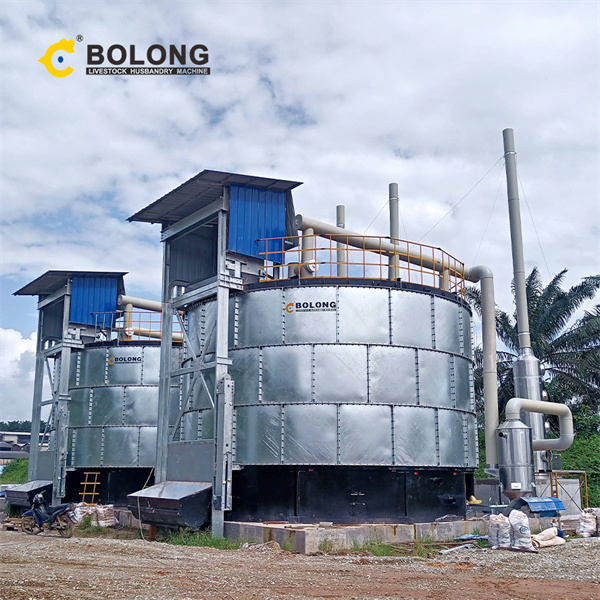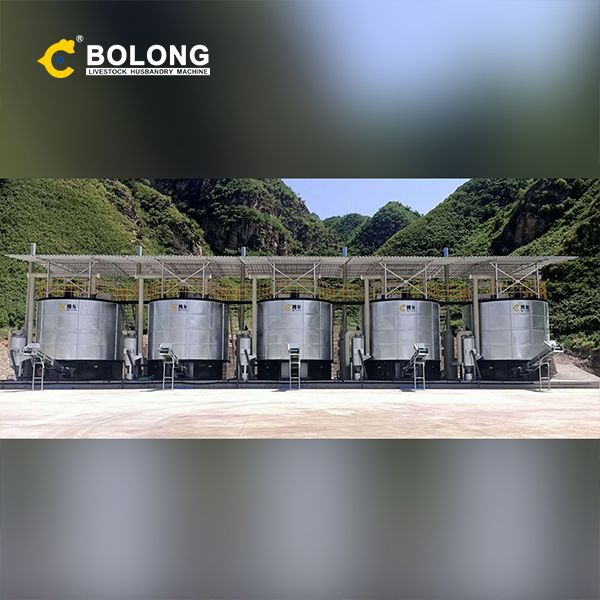
2 天之前 · Composting is the controlled, aerobic (oxygen-required) biological decomposition of organic materials by microorganisms. Organic (carbon-based) materials include grass clippings, leaves, yard and tree trimmings, food scraps, crop residues, animal manure and biosolids. Compost is a dark, crumbly, earthy-smelling, biologically-stable soil

Embrace a greener lifestyle with the Aerobin 200: compact, powerful, and designed for the modern eco-conscious enthusiast. Meet the Aerobin 200: compact yet cutting-edge composting. No turning required thanks to the patented lung® system. This smaller-sized model, with a 208-liter/55-gallon capacity, is perfect for spaces needing efficiency.

OPERATING THE AEROBIN HOME COMPOSTER OBJECTIVE To enable Aerobin operators to Compost Household Kitchen and Garden organics, producing healthy


Aerobic composting can be done in either an open or closed system. Closed or In tank composting is done in a closed environment. This can be a rotary drum or a large stainless steel lined container. The advantages of In tank composting are tighter control of temperature, odors, rodent control and the ability to compost meat and dairy products.

The Exaco Aerobin 200 insulated composter is a true revolution in composters, the first of its kind insulated composter with its own unique patented Aeration Lung to eliminate the need for turning. The double wall unit is insulated with polystyrene to protect against cold weather. The walls and lid are 1.5-inch thick heavy construction to help prevent blowing

Aerobic composting is a process that uses microorganisms that require air to break down organic matter into compost. In fact, the word “Aerobic’ literally means “with air”. The microorganisms that require air in this process include aerobic bacteria, fungi, and physical decomposers. Aerobic composting produces heat, water, and carbon

The Aerobin 400 is easy to use - just open, drop and close. After a short time, fertile compost is produced, which is easily accessed via the lower side door. The Aerobin 400 comes with a reservoir at the bottom to collect the leachate, which when diluted makes for great "compost-tea" liquid fertilizer. Now includes an updated hose and tap for

The Aerobin 200 Insulated Composter is easy to use – just open, drop and close. After a short time, fertile compost is produced, which is easily accessed via the lower side door. The Aerobin 200 comes with a 2 gallon reservoir at the bottom to collect the leachate, which when diluted, makes a great “compost-tea” liquid fertilizer.

Aerobin_Composting_English.cdr. l Allow the level of the Compost to rise to at least past the bottom of the lower Lung Cowl and ideally to the top of the Access Door. Either simply makes harvesting the Compost easier. When you are harvesting the Compost from the lower half of the Aerobin only ever use a hand Garden Fork – 3 Finger/Hooked

The Aerobin is a technological breakthrough in home and garden waste management. It uses a patented lung ® or aeration core inside a sealed bin to promote aerobic break

2024/6/1/ · 25 Reasons Why Aerobic Composting is Essential for a Healthy Garden. To advantageously recycle dead plant material. To reduce pathogens and unwanted seeds. To concentrate nutrients in ways that make them available to plants. To support, optimize, and balance soil microbe and soil fauna populations.

From $9.45 $14.95. The Exaco Aerobin 400 is a true revolution in composters. The first of its kind insulated composter with its own unique patented aeration Lung & double bottom to collect compost liquid. Insulated with polystyrene against cold weather & aeration Lung means no turning needed. Includes two doors to remove compost.

2021/6/25/ · Exaco Aerobin 400 composter is insulated and has a self-aeration system. This is one of the popular products for hot composting. Like other popular composters, Aerobin 400 composter is also efficient in turning kitchen scrap, leaves, and grass clippings into a fine and healthy compost. Exaco Aerobin 400 Insulated Compost

Modelling for reactor-style aerobic composting based on coupling theory of mass-heat-momentum transport and Contois equation. Xueqin He Lujia Han Jinyi Ge G. Huang. Engineering, Environmental Science. Bioresource technology. 2018. 31. Semantic Scholar extracted view of "Design and test on an experimental aerobic composting reactor